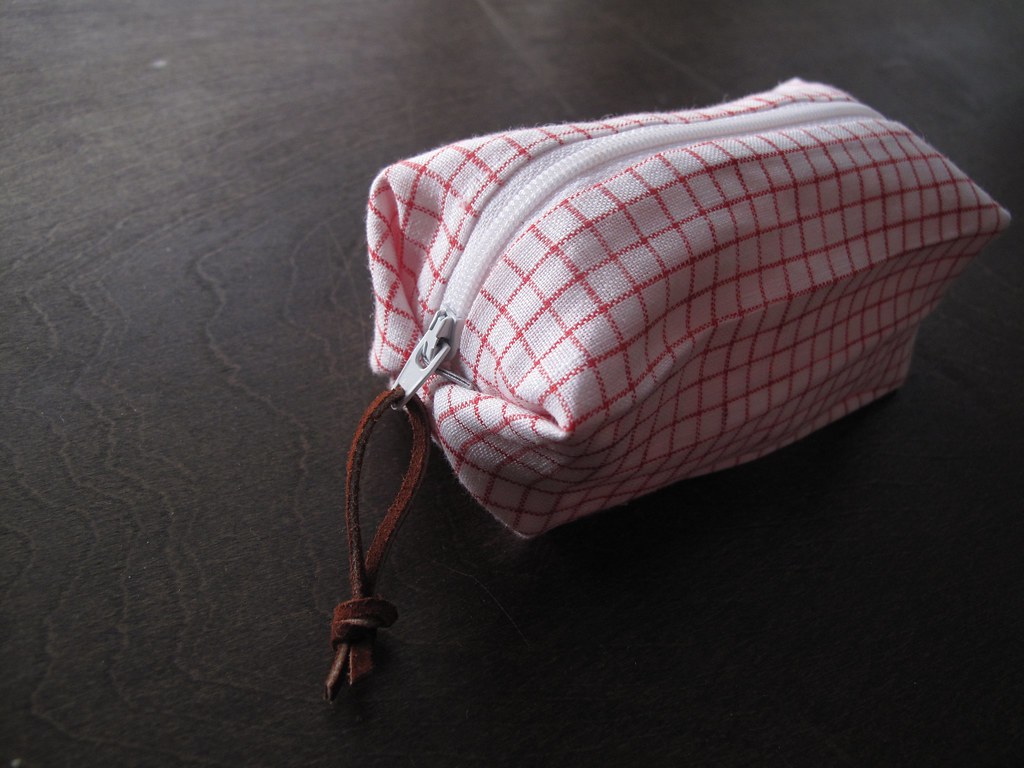
I think a lot of us have a contrarian streak - a tendency to resist things that are popular, and especially things that cross the line from popular into ubiquitous.
One night in December, Allen and I were driving to a barbecue place for dinner, and we passed a lot of houses decorated with white Christmas lights, and a few with colored Christmas lights, but only a couple with icicle lights - the ones that were so rampant for the last ten years or so. Not the molded plastic ones that are actually shaped like icicles, but the light strings that have smaller little strings hanging off of them.
I said to Allen, "Do you think, now that those icicle lights aren't so popular anymore, they're okay for us to start using?"
Allen was shocked. "You like those?" he said, indignant.
"Yeah, I really like them! But everybody uses them, so we've never used them."
"No," said Allen. "We don't use them because they don't look like real icicles."
"What?"
"Yeah, nobody uses them right. People hang them where real icicles would never be - like on the back sides of beams. That doesn't make any sense."
"Allen, of course it doesn't make any sense. They're not real icicles. Even if you 'use them right,' nobody is going to look at them and say, 'Wow - somebody waited for a snowy day, hosed down their porch roof, got those those beautiful icicles to form, and then somehow lit them from the back.'"
"You're twisting my words."
So I understand perfectly a natural aversion to trends. Otomi embroidery has been all over the internet for a few years, but I still love it so. I have loved it since my grandparents had some in their "Mexico room" when I was a little girl.
The animals, y'all! They are such great animals. Actually, if I have any disappointment about the way my pillow turned out (other than the time it took, which was more than I expected), it's that the animals aren't as crazy-whimsical as the weird, fantastical creatures that populate real Otomi embroidery.














































